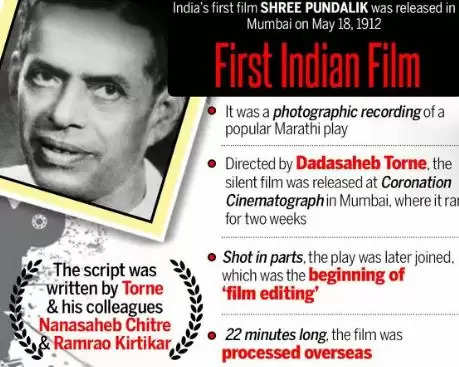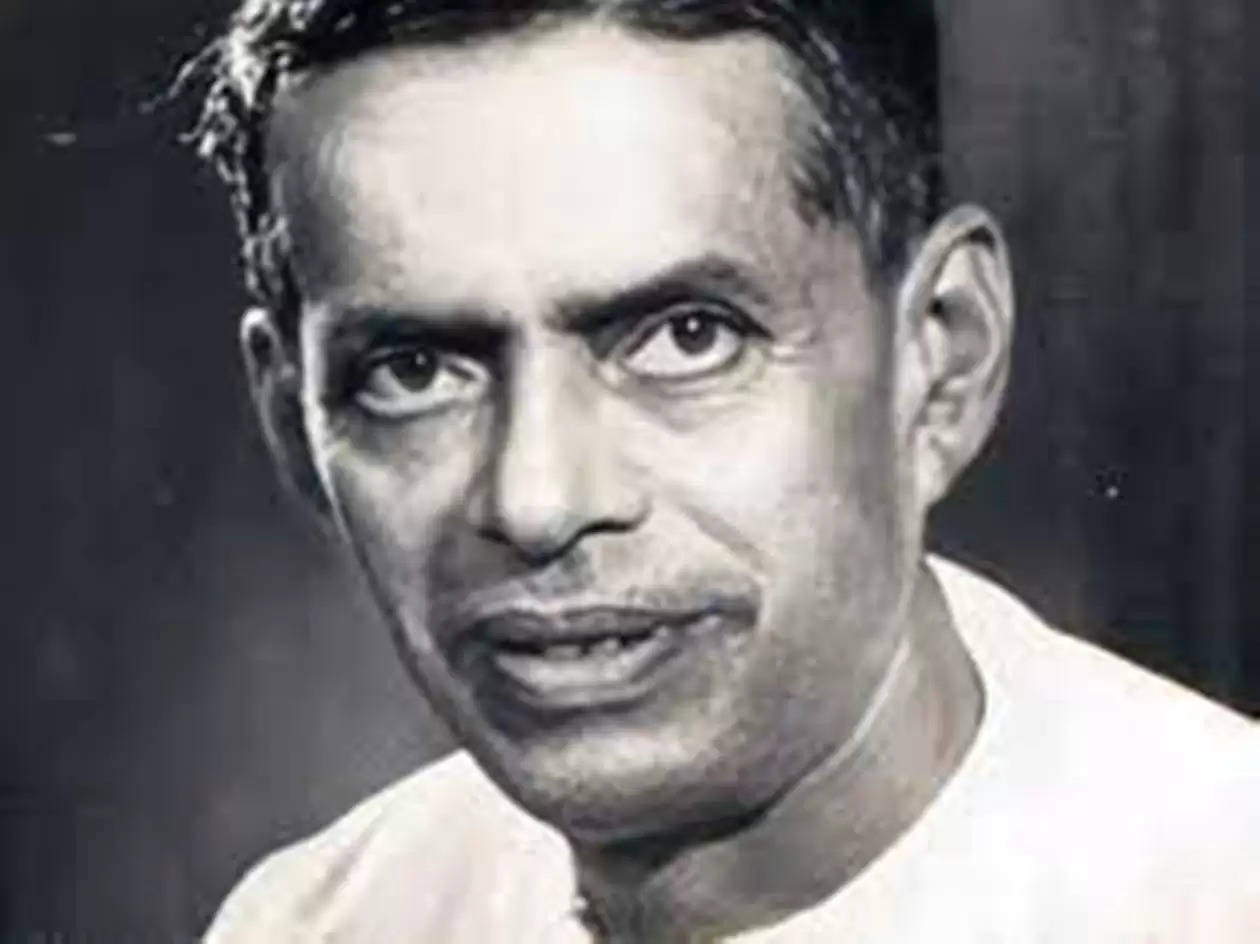An ode to "Father of Indian Cinema," Dadasaheb Torne
In May 1912 the first Indian film was created which was “Shree Pundalik” and was released at the Coronation Cinema in Mumbai. This film was produced by Dadasaheb Torne and he was the first Indian to do film distribution, film editing, film direction and film production. This record was well established on 25 May 1912 by an advertisement in The Times Of India. This credit is given to Dadasaheb Phalke, whose film was released a year later in 1913 and “Shree Pundalik” didn’t receive any recognition just because the person shooting the film was a foreigner and the negative reel was sent abroad for processing.

Dadasaheb Torne is considered as “Father of Indian Cinema.” He had such passion for creating films that he had his first heart attack in 1947 when his colleague and friend stole all the movie cameras and other expensive equipment and took it to Pakistan. Torne used to do machine repairing work, but being influenced by foreign films, he made a film in India itself.
He reached Mumbai in search of work where he got a job in Cotton Green Electric Company. Here he learned to operate different types of machines. The company transferred him to Karachi, there he got another man Baburao Pai with whom he created many Hollywood films in Karachi.
“Movie Camera Company” was started by him after coming back to Mumbai. In 1929 he started a joint venture company with his colleague Baburao Pai “Famous Pictures.” This movie distribution created history and made crores business in that era. Dadasaheb then bought the agency of the Talkie-Machinery and, with the help of Americans, he learned how to use it. After working at the Royal Art Studio of Mumbai, he met Ardeshir Irani. He advised him to start his own studio and film production company. Two films Sindabad the Sailor (1930) and Dilbar (1931) were directed by Dadasaheb during this period.
After that India’s first talkie, "Alam Ara" was released in the Majestic Cinema Theatre within two months. Though before the Alam Ara was kept a secret.
Saraswati Cinetone
Near Shankarshet Road in Pune, he started his own company called Saraswati Cinetone. The first movie created under the company was “Sham Sundar.” The movie turned out to be legendary as it was the first Silver Jubliee movie of the Indian Film Industry. The second movie created was Aout Ghatakecha Raja, the first double role in Indian film was in this movie. Through his mastery of the lens, special effects were created in his third movie Bhakta Pralhaad. He made several other movies and the last movie of Saraswati Cinetone was Awaj (released on 22 May 1942).
He introduced some famous artists in the history of Indian Cinema
Talented artists such as Mehboob Khan, Kardar, Bhalaji Pendharkar, Vishram Bedekar, R. S Chowdhary, C. Ramchandra, Jayashree, Ratnamaalaa and Zubeida (Alam Ara Heroin).
As circumstances changed, Dadasaheb Torne made fewer movies as other productions began to have success. His movies used to only exist in one copy, which was presented in every city. Fire in the reels caused the majority of the movies to be lost. Due to lack of money, Dadasaheb Torne sold his studio to a guy called Ahmed in 1944. That individual left for Pakistan during partition after selling this studio to Chakan Oil Mill. At the same location now, there is Kumar Pacific Mall.
Even though Dadasaheb Phalke has been called the father of Hindi cinema in the history of Hindi cinema, but this record in the Guinness Book of World Records is in the name of Dadasaheb Torne. He has also been considered as the father in the books A Pictorial History of Indian Cinema and Marathi Cinema.
To join us on Facebook Click Here and Subscribe to UdaipurTimes Broadcast channels on GoogleNews | Telegram | Signal



